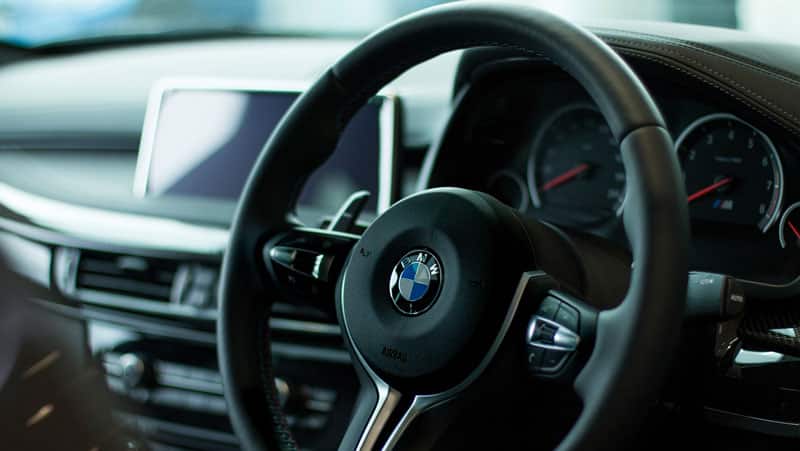What Are Some Modern Car Safety Features In Australia

Depending on the type of car you learn to drive with, you may find different modern car safety features. In this guide from LTrent Driving School, we’ll discuss a few common safety technologies that you may find in modern vehicles, and how they work.
1. Anti-Lock Brakes (ABS)
ABS is standard on all Australian cars sold since 2003. This type of system uses sensors on your wheels to prevent your brakes from “locking up” when you apply braking pressure suddenly. This provides more consistent stopping power in emergency stopping situations, and keeps drivers safe.
2. Advanced Design WIth Crumple Zones
Modern cars use metal chassis with special “crumple zones” that absorb front, rear, and side impacts. The cars are built to deform and absorb the shock of impacts, sending it through the structure of the vehicle, rather than into the cabin where you and your passengers sit.
Today’s modern crumple zones are a major reason that fatalities in modern wrecks are much less common compared to crashes in the ‘60s and ‘70s.
3. Traction Control & Electronic Stability Control (ESC)
Traction control uses individual wheel sensors to stop your car’s wheels from spinning when they lose traction. This helps you maintain control of your car in difficult conditions.
ESC (Electronic Stability Control) takes things a step further, incorporating a computer that uses a variety of sensors to help you avoid loss of control of the car due to oversteer or understeer. ESC has been mandatory in new cars sold in Australia since 2013, so it’s becoming more common.
4. Blind Spot Monitor Systems
This system uses a camera and sensor, usually mounted on your side-view mirror, to provide you with a blind spot warning when there is a car in your vehicle’s blind spot.
If you do try to merge when there’s a car in the blind spot, it will issue a collision warning to alert you about the situation. Along with proper use of head checks and rear/side-view mirrors, this helps you stay safe on the road.
5. Adaptive Cruise Control
Adaptive cruise control uses cameras and sensors in the front of your car to detect vehicles ahead of you and slow down while you’re using cruise control. So if you’re driving 90 km/h using cruise control and the car in front of you slows down to 70 km/h, your car will also slow down automatically.
6. Lane Departure Warning (Lane Keeping Assist)
A lane departure warning system warns the driver when they’re about to “drift” from one lane to another, using advanced sensors and cameras to detect their position in the lane.
Some types of lane departure warnings systems will alert the driver, but also have an automatic “lane keeping assist” feature that will move the steering wheel back to the proper position to maintain your lane, preventing you from drifting out entirely.
7. Reverse Camera
Reverse cameras use a camera mounted on the back of your car to send a video image to your center console. They’re a fantastic way to get a better view of what’s behind your car in parking lots, driveways, and other situations where you’re reversing. Since they are mounted lower on your car, they can provide you with a more comprehensive view of the road behind you, and are a valuable safety feature.
Safety Features Aren’t A Substitute For Good Driving – Learn More At LTrent Driving School!
While driver safety features can be helpful for keeping you safe, they’re no substitute for a proper education on safe driving and defensive driving. So if you’re a learner driver, make sure you get the comprehensive driving education you need in NSW or Victoria. Contact LTrent Driving School online to book your lessons today! For NSW learners drivers, take advantage of the Safer drivers Course that accounts for 20 logbook hours. Contact LTrent Driving School online to book your lessons today!